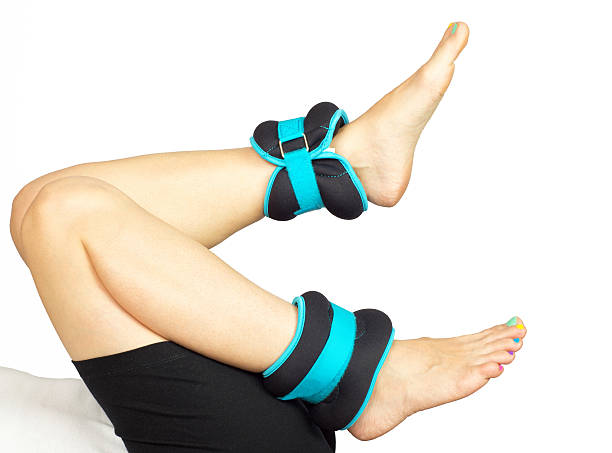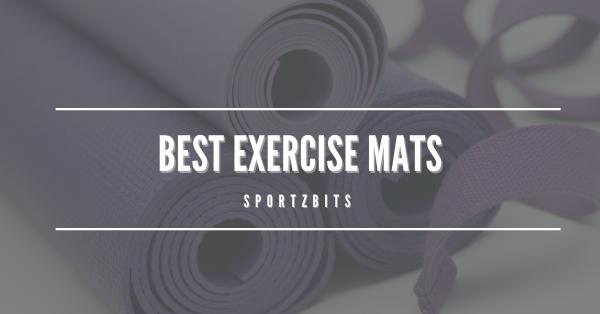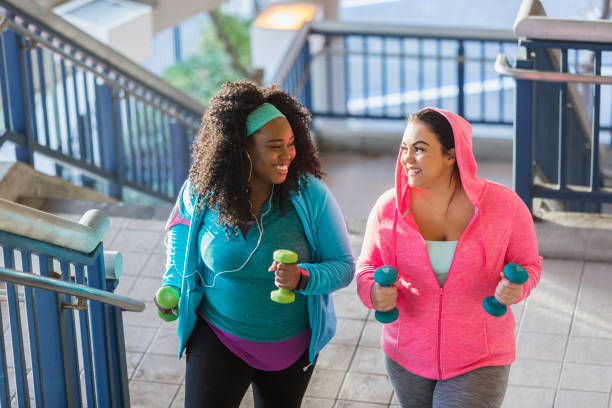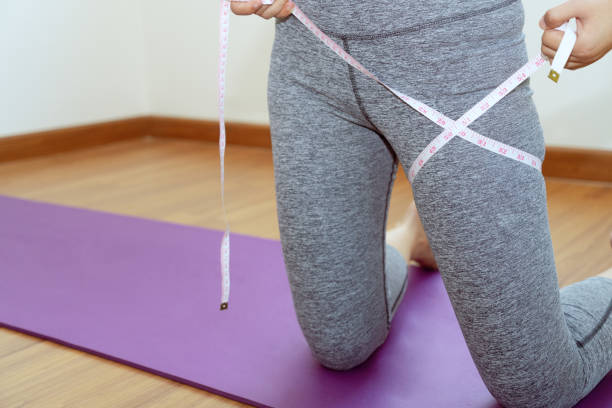If you’re in the market to add some variety to your usual exercise routine, consider incorporating kettlebells. These weights are swiftly gaining popularity and can be used in both resistance training and conditioning workouts.
Carrying out repeated reps can help to reduce fat across the body, with the versatility of using them for swings, jerks, and snatch movements. They are easily available in most gyms or you can use them at home.
The key to using these new weights though is to learn the correct techniques. After all, you want to be burning body fat and toning up, not suffering from serious injury through incorrect use of them. If you are first starting using kettlebells it’s advisable to work with an instructor on the technique.

What injuries can they cause?
Using a kettlebell in the wrong way can really damage your lower back. The swinging action means your body is moving at your hip joint so if you do it wrong you can end up with a lot of pain and problems.
Swinging a kettlebell does put a lot of force into your lower back so if you are starting out with the incorrect form, perhaps by arching your back, or not engaging your core, you could end up with some serious back problems.

So how do you use kettlebells correctly?
As we’ve said above, it’s really important to master the correct techniques before attempting to work out with kettlebells; otherwise, you could risk serious injury. However, once you have mastered them, you can expect to see some great results for your body.
So here is a quick guide to some of the key moves you can make using kettlebells:
Swing Action
The most common mistake people make when trying to use kettlebells is not keeping the spine in a neutral position during the swing movement. Your body needs to be fully aligned before you begin, to avoid causing damage to your back.
To ensure you are properly aligned, you need to stand up straight, pull your shoulders back and have your chest out. You can try moving back and forth on your hips to feel the momentum and make sure you are squarely balanced.
You need to bend your knees slightly, so they are not locked but don’t move into a low squat position. You can then build up the momentum of the swing, via your hips, and drive the bell forward until your arm is horizontal, in line with the floor.
Making sure you start with your body in proper alignment will not only prevent any injury but it will also help to make the exercise more effective.
Kettlebell Stand Up
In this movement, the most common mistake is extending the lower back too much, putting too much strain on those lower back muscles. You need to engage your core muscles much more instead.
To do this movement correctly, you need to start by lying on your back, and then hold your kettlebell over your right shoulder. As you stretch out your right arm, to hold the kettlebell straight up above your head, you need to then straighten out your other arm to the side.
Lift your right knee over and across your body, putting your foot down on the ground on your left-hand side.
From here, engaging your core, you can gradually stand up, making sure your right arm is holding the kettlebell above you at all times. Keep your core engaged throughout this movement. Then you can reverse this to complete the exercise.
Kettlebell Squat
This movement often sees people accidentally bending over while squatting which can cause spine problems and back injuries so it’s really important to maintain good posture when undertaking this particular exercise.
You need to start out in a standing position, with your feet just a little wider apart than your shoulders, and your body upright. Take a kettlebell in each of your hands, and hold them into your chest.
Start to lower down into a squat position, maintaining a straight spine and strong core, and keeping the kettlebells in the same place. Then slowly stand up straight again, to complete one rep of this exercise safely.
Double-Armed Kettlebells
With this exercise, it’s important that you keep your upper body parallel with the ground at all times. If you are bending too far you risk slipping a disc in your back so it’s vital to get the position correct before starting out.
Bend over, keeping your feet apart at the shoulder, bend your knees slightly and lean from your hips, not your waist. Make sure you keep your head raised so that your spine remains straight.
With a kettlebell in each of your hands, bring your hands up next to your chest, using your back muscles in a rowing motion. Hold the bells in this position for a couple of seconds, before lowering them.





